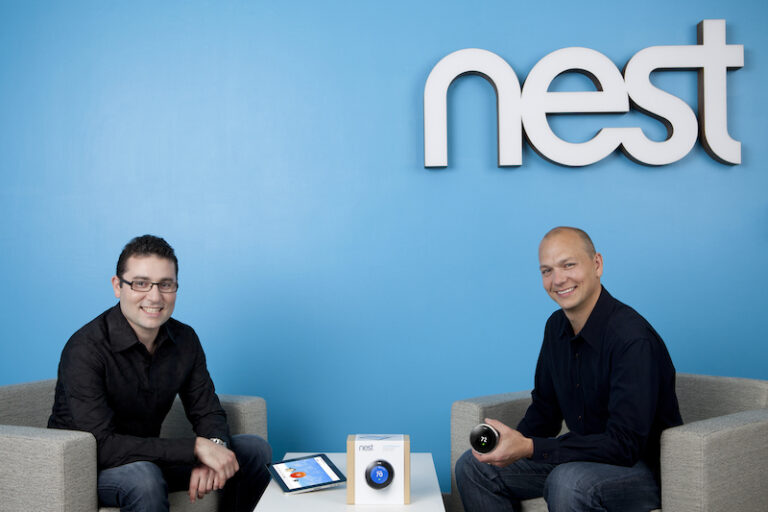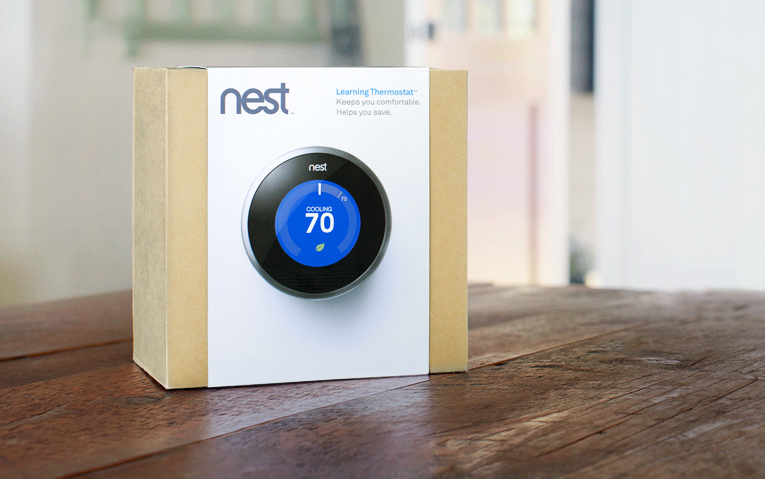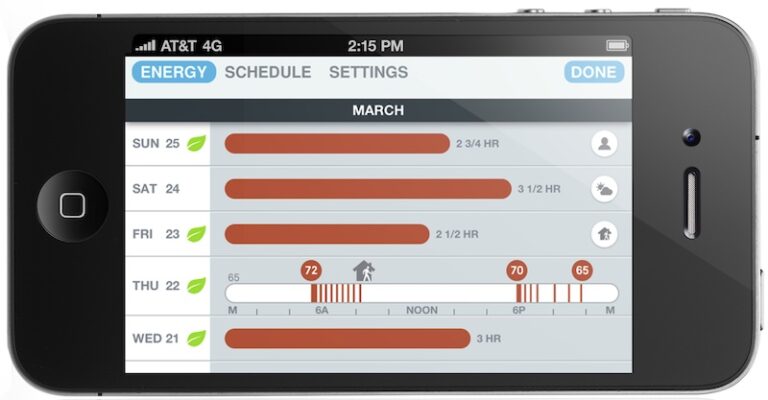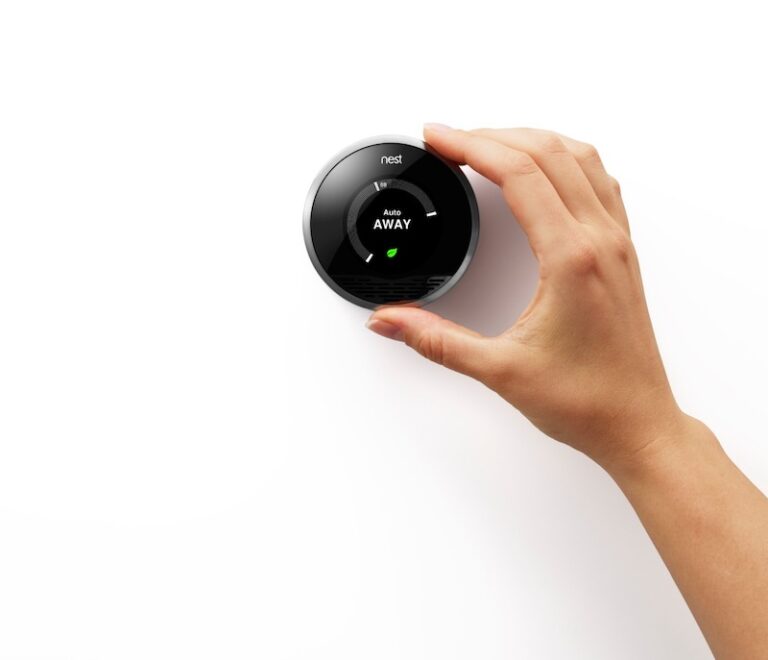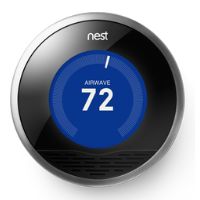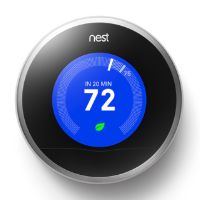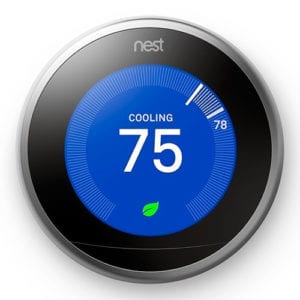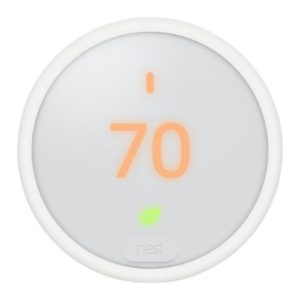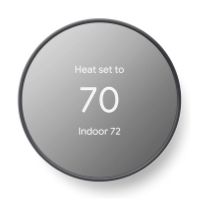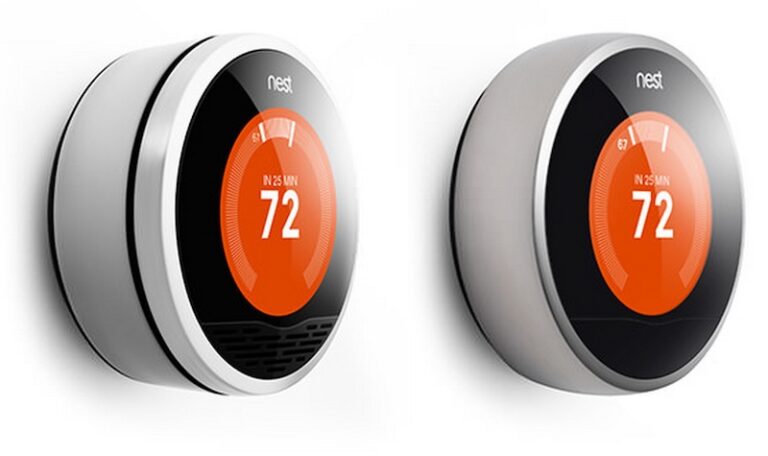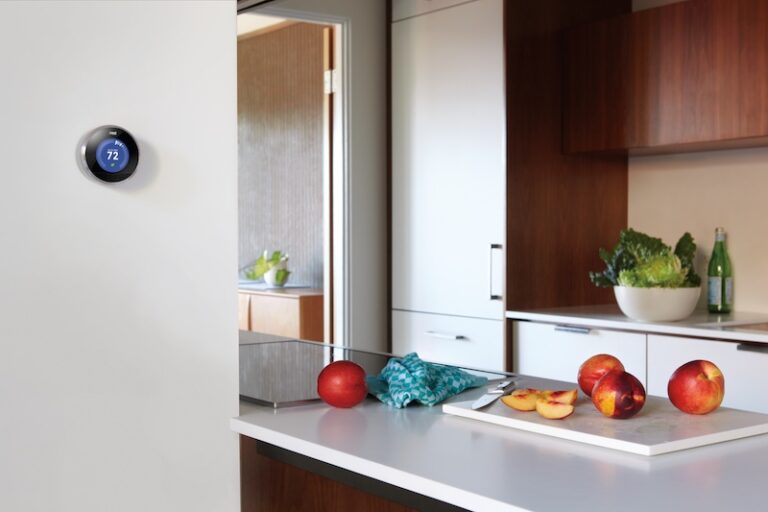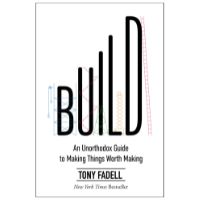I struggled to find a field I liked toward the end of my journalism studies. Writing with ADHD is often challenging: I'm not fast, get distracted, and write way too much. So you can see why traditional journalism with multiple daily deadlines and calling strangers for quotes can make me anxious.
I had started reading all the news I could find to hone my craft. I remember the first time I read about the Nest Learning Thermostat—a New York Times review by David Pogue. I was captivated.
Up to that point, my reference points for smart home tech were an X-Files episode and a smattering of jokes from The Simpsons. I thought I had no interest in real smart homes, but Nest changed that.
The iPhone was another early inspiration, but I eventually got over it. I still can't get over Nest.
I wanted to buy it but didn't have the cash (and my landlord would've thrown a fit). But I found a loophole: product reviews. And if I could test one product, I'd get to try others.
I started thinking about technology journalism. It was the perfect job for me. (And still is, BTW.) Journalism without talking to people for every story. I could interview products.
After graduating, I landed a tech journalism gig, eventually leading to SafeWise. It's been almost a decade, and I've covered so many products that I don't keep track anymore. And Nest Learning Thermostat started the ball rolling more than any other product.
I hope that gives you some context for why I relish the chance to look back at Nest.
